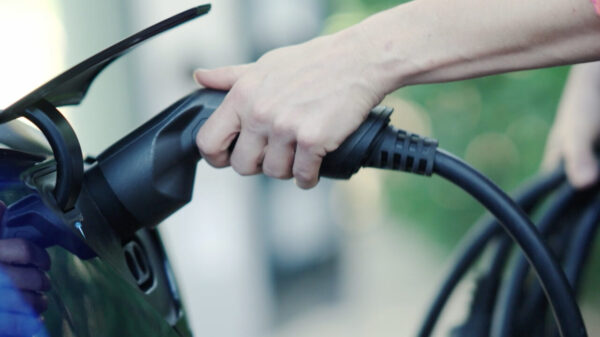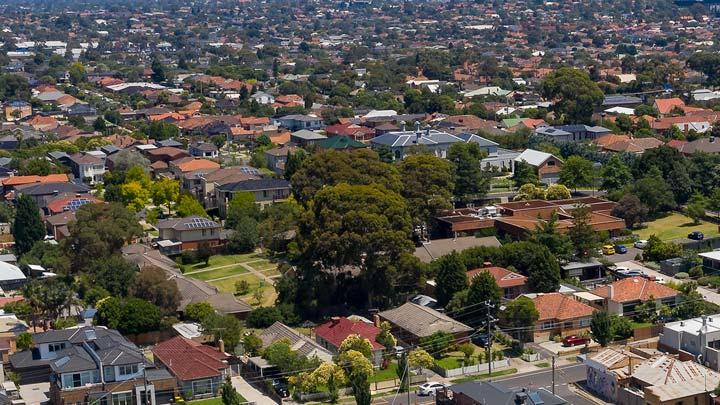As part of a two-year project, Intellihub will partner with device manufacturers to develop the connectivity layer that enables flexible operation of home energy devices including rooftop solar, electric vehicle chargers, and residential batteries. The project is targeting 510 MW of aggregated load under control through the enrolment of more than 150,000 customer energy resources (CER).
Intellihub said the $22 million (USD 148 million) Demand Flexibility Platform project, which is being supported by the Australian Renewable Energy Agency (ARENA) with a $9.75 million grant under the Advancing Renewables Program, aims to deliver an end-to-end solution that enables connectivity to multiple device types and manufacturers through a single integration.
“We now have the smarts to manage the energy these devices consume so they become a flexible energy resource,” Intellihub Chief Executive Officer Wes Ballantine said.
“They will work like a large battery energy system, soaking up excess daytime solar energy and avoiding consumption during peak demand periods to reduce stress on the system.”
The two-year project will initially target integration with residential hot water systems and rooftop solar systems, before expanding to incorporate other CER such as home batteries, electric vehicle (EV) chargers and pool pumps.
Electricity retailers will be able to sign up households to the platform and use it to manage their customers’ home energy devices as part of a Virtual Power Plant (VPP). Intellihub will provide the interface between electricity retailers and the customer-owned devices.
Participating CER can then be turned on to soak up excess daytime solar energy and help stabilise the electricity grid or programmed to reduce demand during peak periods to better manage supply and demand across electricity networks and wholesale markets.
Ballantine said it is expected there will be more than 10 million energy devices sitting behind the meter in Australian homes by 2030 and better coordination of the assets is essential in helping the country to transition to a net zero energy system.
“There is enormous benefit from being smarter about how we manage these resources, not just for the energy system but for consumers and local communities,” he said, noting that the project is “just a small fraction of what is possible by better managing our behind-the-meter resources.”

Image: Intellihub
Ballantine said Intellihub is already in close discussions with several electricity retailers to partner with the company on the project.
ARENA CEO Darren Miller said the continued growth in CER presents both challenges and opportunities for the industry but the flex demand project could provide a potential solution at scale that can deliver widespread benefits.
“Without the ability to monitor and control energy flows, these devices can create challenges for the grid, however, when aggregated and controlled, these resources can provide much-needed demand flexibility, unlocking benefits for retailers, networks and consumers,” he said.
“Intellihub’s Demand Flexibility Platform represents an opportunity to create a smarter energy grid, where consumers are at the forefront of the energy transition, through the utilisation of their owned energy resources, being able to better match supply and demand on the grid while also making cost savings.”
This content is protected by copyright and may not be reused. If you want to cooperate with us and would like to reuse some of our content, please contact: editors@pv-magazine.com.









By submitting this form you agree to pv magazine using your data for the purposes of publishing your comment.
Your personal data will only be disclosed or otherwise transmitted to third parties for the purposes of spam filtering or if this is necessary for technical maintenance of the website. Any other transfer to third parties will not take place unless this is justified on the basis of applicable data protection regulations or if pv magazine is legally obliged to do so.
You may revoke this consent at any time with effect for the future, in which case your personal data will be deleted immediately. Otherwise, your data will be deleted if pv magazine has processed your request or the purpose of data storage is fulfilled.
Further information on data privacy can be found in our Data Protection Policy.